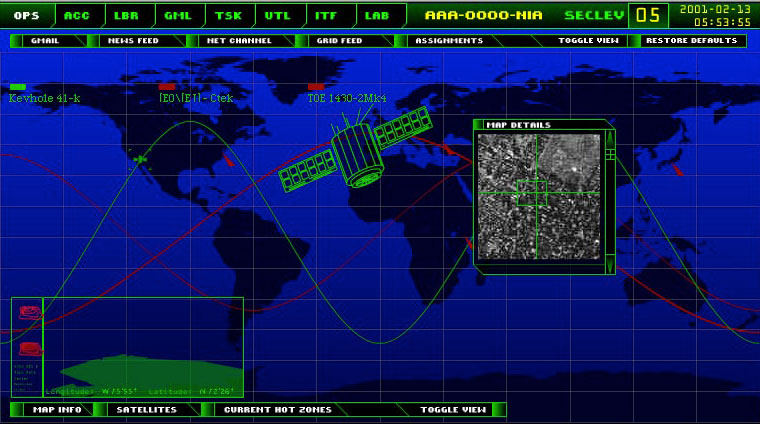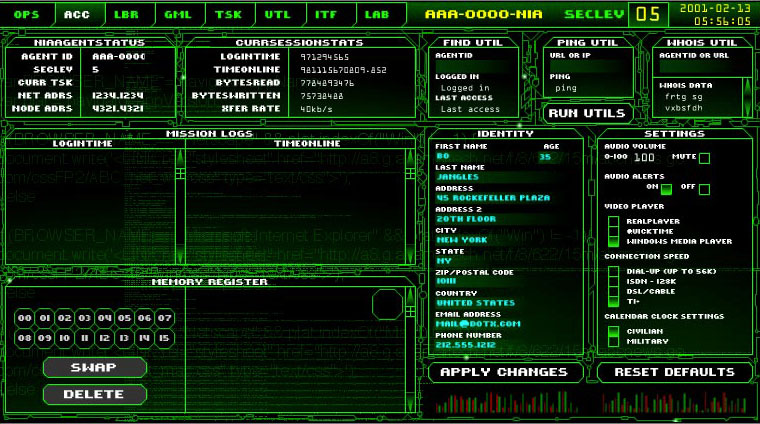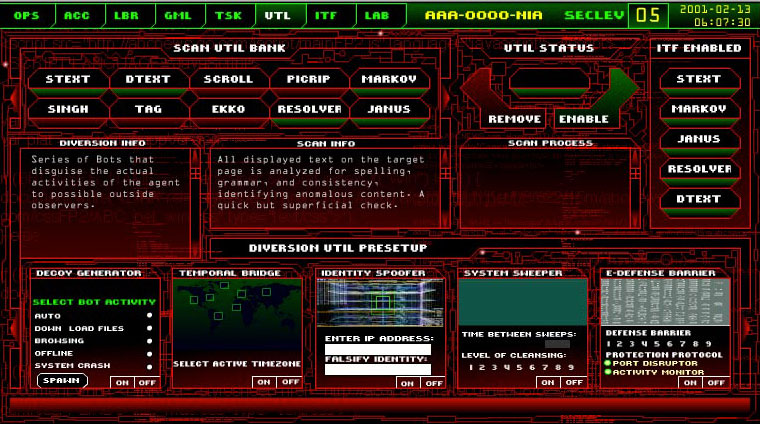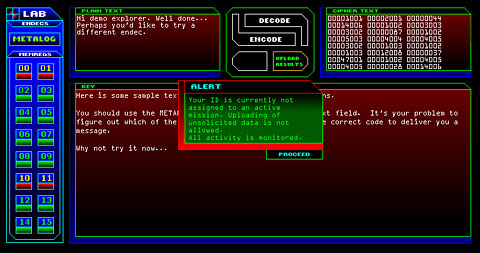
The "Metalog" Encoder/Decoder utility program (above) incorporates "Memregs" which the term we invented for memory registers (or buffers - represented by those little number boxes on the left side). The player could store up to 15 unique "captures" or memory registers for multiple images or copied text. For some of the large "main" screens, scroll down lower on this page...
The "Plain Text" on the upper left is the message. The "Cipher Text" on the right is what the message looks like when it is encrypted - this is what you send to your recipient. The buttons in the middle let you decode and encode at will.
In the large, lower window is the "Key" - which is the character reference for the encryption algorithm. The "Alert" here is telling the player their ID is not "assigned" which is a way of getting them to follow the story progression.
Players would receive encrypted messages and missions and they could also send encrypted messages to each other via the game's mail protocol. We called it GridMail or "gmail" for short - it was a revolutionary and radical idea for its time - well in advance of other free online mail programs.
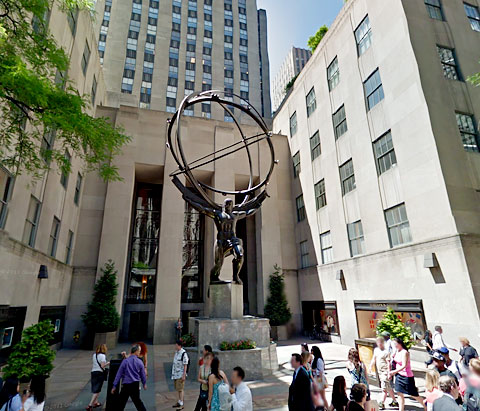
45 Rockefeller Plaza (otherwise known as 630 Fifth Avenue). This is the East entrance to the building. NBC News used to show this entrance in their title sequence. The bronze statue is Atlas. To the South of this building - just across the street - is the famous skating rink with the gold statue of Prometheus. It's also where they light the big tree at Christmas. On the other side of the street is Saks Fifth Avenue. Behind 45 Rock, on the same block, heading West to Sixth Avenue is Radio City.
It's such a core building. From my office window, I could watch the Today Show being broadcast every morning. The lobbies of these buildings are all incredibly handsome and tasteful. They have black marble and brass everywhere. It's kind of ironic we were producing such highly innovative technology in such a traditional, old school environment.
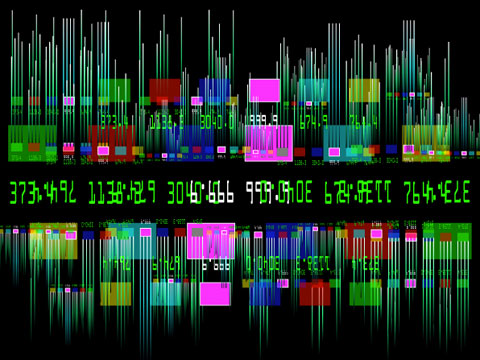

Our production company was called Protostorm. I had fun creating the logo letterforms out of a very restrictive, vertical shape. The only letters that diverge from the exact same curve geometry are the "T" and "M" - the lightning bolt was a "cheat" to form the bottom of the letter P's mid-horizontal line.
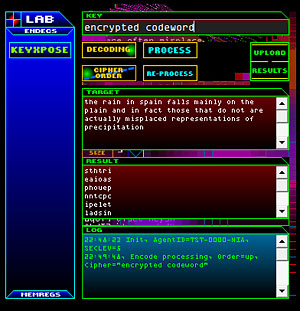
"Key Expose" is another encryption utility. We were going for the "vector" look in graphics - in order to have a unique "application" appearance - more like a series of interface screens instead of other games that tended to look like they were all drawn from the same textbook.
We also made use of "live" encrypted text, instead of bogus or meaningless representations. The player actually generated their own custom, unique encrypted code.
A few decades ago, these algorithms were considered secure enough for international spies to communicate during the time of War. I spent a lot of time researching and investigating ciphers and encryption techniques in the past.

Here's some samples of more screens. These were all fully operational - they're not fake. The average person would probably not be able to break these codes.

